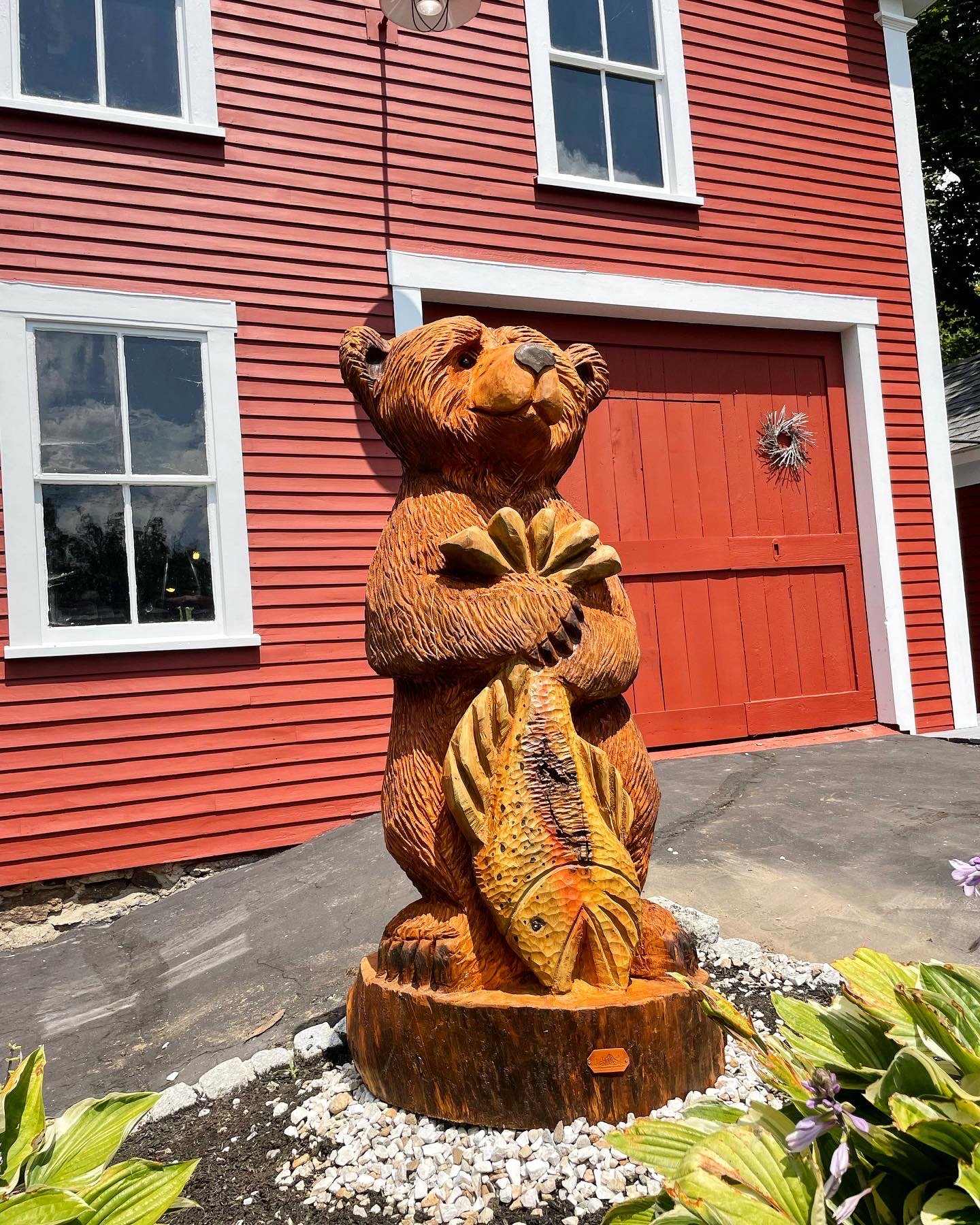Wooden Serving boards are the backbone of any well-functioning kitchen. Like any kitchen workhorse, wooden boards deserve respect — particularly when you clean them. If not taken care of properly, they can turn into a smelly (and in some cases, moldy) mess. Fortunately, cleaning them thoroughly and gently is simple, and just takes a little elbow grease and a few everyday ingredients. Check out the method below and entertain and serve for years to come.
KEEP IT (RAW) MEAT FREE
Maintaining a wooden serving board clean starts long before you suds it up with dish soap. While they are ideal for most kitchen tasks from slicing veggies, cubing tofu, and chopping nuts, to shaving chocolate or mincing a bunch of fresh herbs, it is best to steer clear of raw meat.
A wooden board's surface is porous, making it the perfect place for bacteria from raw chicken or beef to hide. Stick to a non-porous plastic serving board for meat, then use your wooden one for everything else.
AVOID THE EVIL DISHWASHER
Keep your board out of the dishwasher, which can warp the wood or dry it out so much that it cracks or splits! Keep things old school instead and hand wash.
SCRUB WITH SALT + LEMON
Washing a wooden serving board with dish soap and water are critical to keeping it clean. But when you need to deep clean or remove pesky stains (think: beet juice), bring out the big guns: coarse salt and lemon juice. Sprinkle the salt liberally over the board, then slice a lemon in half and use it to rub the salt into the board. The salt acts as an abrasive to lift stains and the lemon juice leaves everything smelling great.
ELIMINATE MAXIMUM MOISTURE
After rinsing the soap (and salt and lemon juice) off of your board, take a dry dishtowel and give it a thorough pat dry. If water gets trapped in the grain, it can warp the wood and turn moldy quickly. But a solid towel dry after every wash (and making sure your board doesn't sit in a wet sink for too long) helps keep things fresh and mold free. After blotting the excess moisture off the board, stand it up to dry—do not lay it flat—to make sure air hits as much of the surface as possible.
GIVE YOUR BOARD AN OIL CHANGE
Once a month or so, hydrate your thirsty wood board with mineral oil. Use a soft, clean cloth to spread an even coat of mineral oil over the wood. Let the oil soak in for several hours, then use paper towels to blot off any excess. Voilà! A beautiful, functional board ready to take on the world—or at least a pile of vegetables.
STEPHEN DAY
WOODWORK&DESIGN
Beaded Wooden Serving Bowl.



